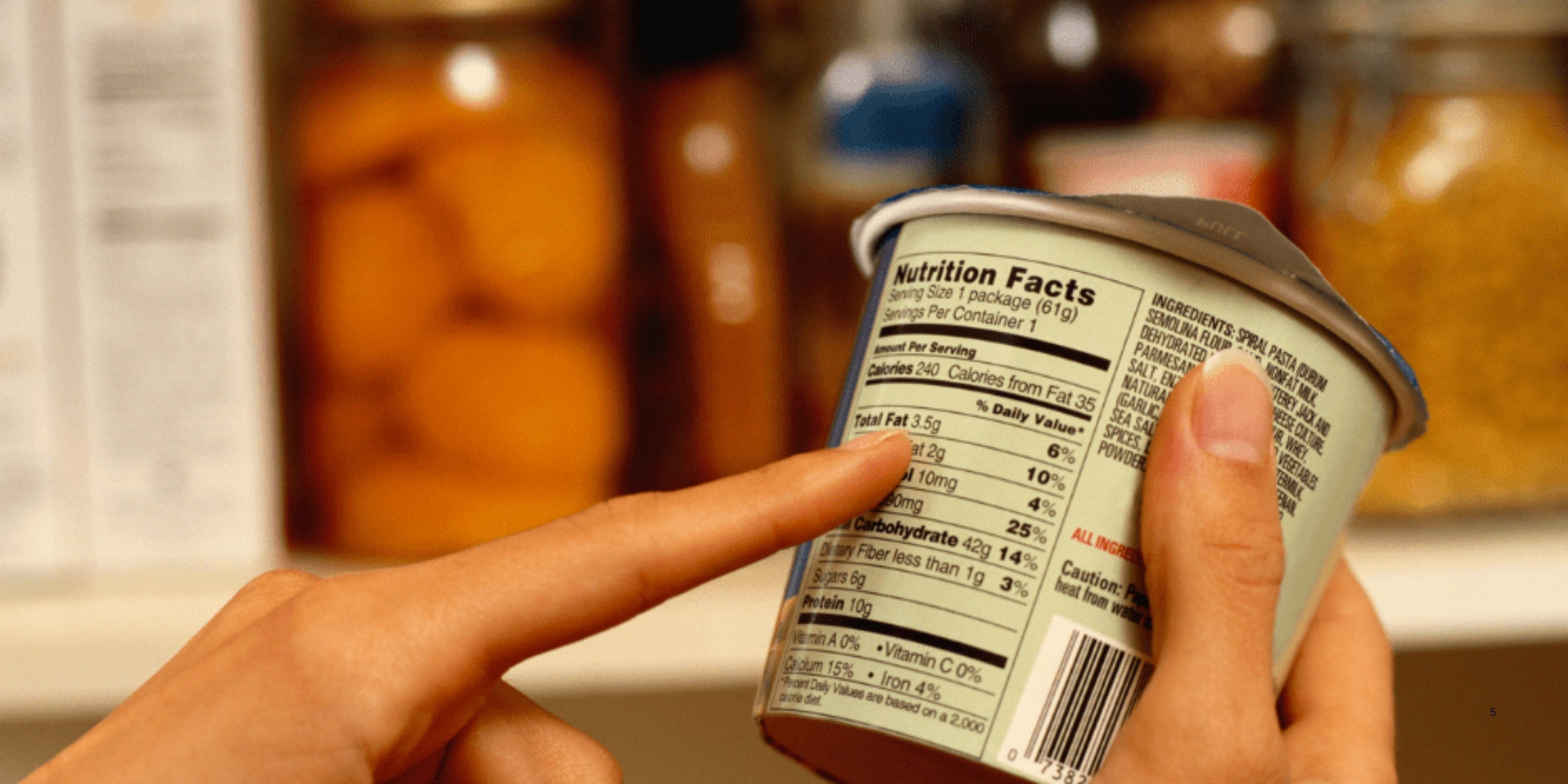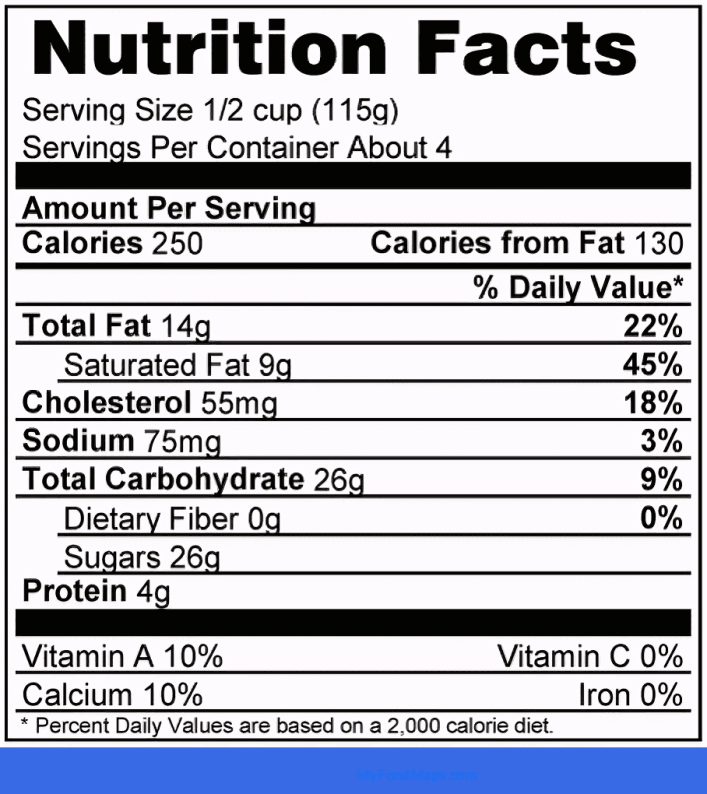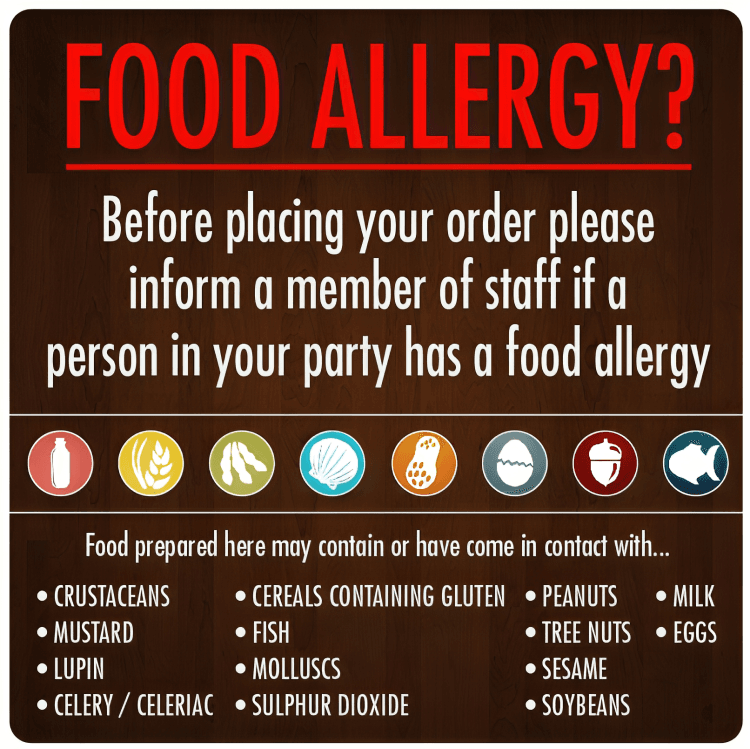
“
Knowing how to read food labels is essential for making healthy and informed choices when shopping for groceries. By understanding the key components of food labels, you can avoid unhealthy additives, make better dietary decisions, and even track your daily intake more effectively. In this blog, we will delve into how to read food labels in a practical, straightforward way, ensuring you're empowered with the knowledge to lead a healthier lifestyle. 1
1
”
Food labels often list ingredients by weight, with the heaviest ingredient appearing first. Understanding this order helps identify the components in the product, such as sugar, salt, or artificial additives, which may affect health.1
The serving size on a label is crucial for determining the nutritional content. It helps you see how many calories, fats, or sugars you’ll consume and lets you manage intake more accurately based on your actual portion size. 2
The "Calories" section tells you the amount of energy you'll gain from one serving of the food. It's important to check this number about the serving size and your daily caloric needs to maintain a balanced diet.3
Look at the "Total Fat" section, especially the breakdown into saturated and trans fats. High levels of unhealthy fats can increase your risk of heart disease, so limiting these is essential for good cardiovascular health. 4
Sodium content is listed to show how much salt is in each serving. Excessive sodium intake can lead to high blood pressure and increased risk of stroke, so paying attention to this can help with heart health management. 5

"Total Carbohydrates" on a food label includes sugars, starches, and fiber. Fiber is beneficial for digestion and heart health, while excessive sugar intake can contribute to weight gain and conditions like diabetes.
Dietary fiber, often broken into soluble and insoluble types, is essential for digestive health. High fiber intake can help lower cholesterol levels, stabilize blood sugar, and promote healthy bowel function.6
The "Sugars" section on a label indicates both naturally occurring sugars (like those in fruit) and added sugars. Added sugars contribute to empty calories and can increase the risk of obesity and chronic diseases like type 2 diabetes. 7
The "Vitamins and Minerals" section shows the percentage of the daily value (DV) of key nutrients. Getting enough vitamins and minerals is vital for overall health, especially for strong bones and a healthy immune system. 8
Understanding the "% Daily Value" (DV) for each nutrient helps gauge how much a food contributes to your daily needs. A 5% DV is considered low, while a 20% DV is high. This helps assess how the food fits into your overall diet. 9

Food labels list allergens like peanuts, tree nuts, dairy, eggs, and soy. For individuals with food allergies, these warnings are vital for avoiding adverse reactions that could range from mild discomfort to life-threatening situations.
Check labels for artificial colors or preservatives if avoiding synthetic ingredients. These additives may trigger reactions in sensitive people and are linked to health risks when consumed in large amounts. 10
Check labels for artificial colors or preservatives if avoiding synthetic ingredients. These additives may trigger reactions in sensitive people and are linked to health risks when consumed in large amounts. 11
"Best Before" and "Use By" dates guide freshness. Food might be safe shortly after, but peak taste and texture are before these dates. It’s best to eat them soon after purchase. 12

Know the difference: "Organic" means no synthetic pesticides or fertilizers. "Natural" sounds healthy but has no strict standards and doesn’t guarantee better quality or safety.
"Non-GMO" means the food product does not contain genetically modified organisms. While genetically modified foods are considered safe, some consumers prefer non-GMO products due to environmental or health concerns. 13
The "Ingredients" list provides insight into the quality of a food product. Shorter ingredient lists often mean less processed, while longer lists may indicate preservatives or artificial ingredients. 14
"Reduced" or "lower" fat products usually have less fat or fewer calories but may still contain high sugar or sodium. Always check the full nutrition label to see what’s really been changed or added.15
When managing blood sugar, the "Carbohydrates" section is key. Focus on total carbs and sugars, and opt for products with less added sugar and more fiber to help control glucose spikes.16
Many processed foods are "fortified" with vitamins and minerals to replace nutrients lost during processing. While helpful, whole foods remain the best source of essential nutrients overall.17


